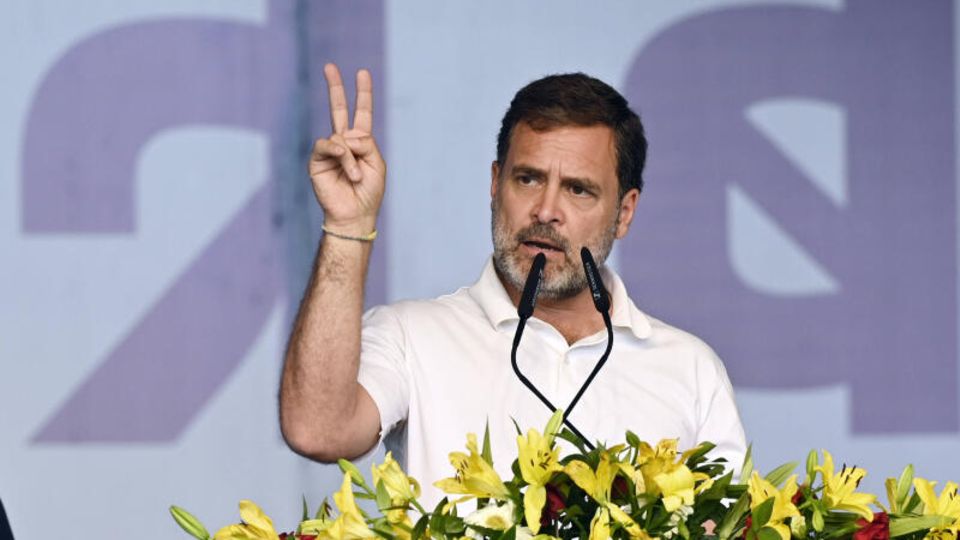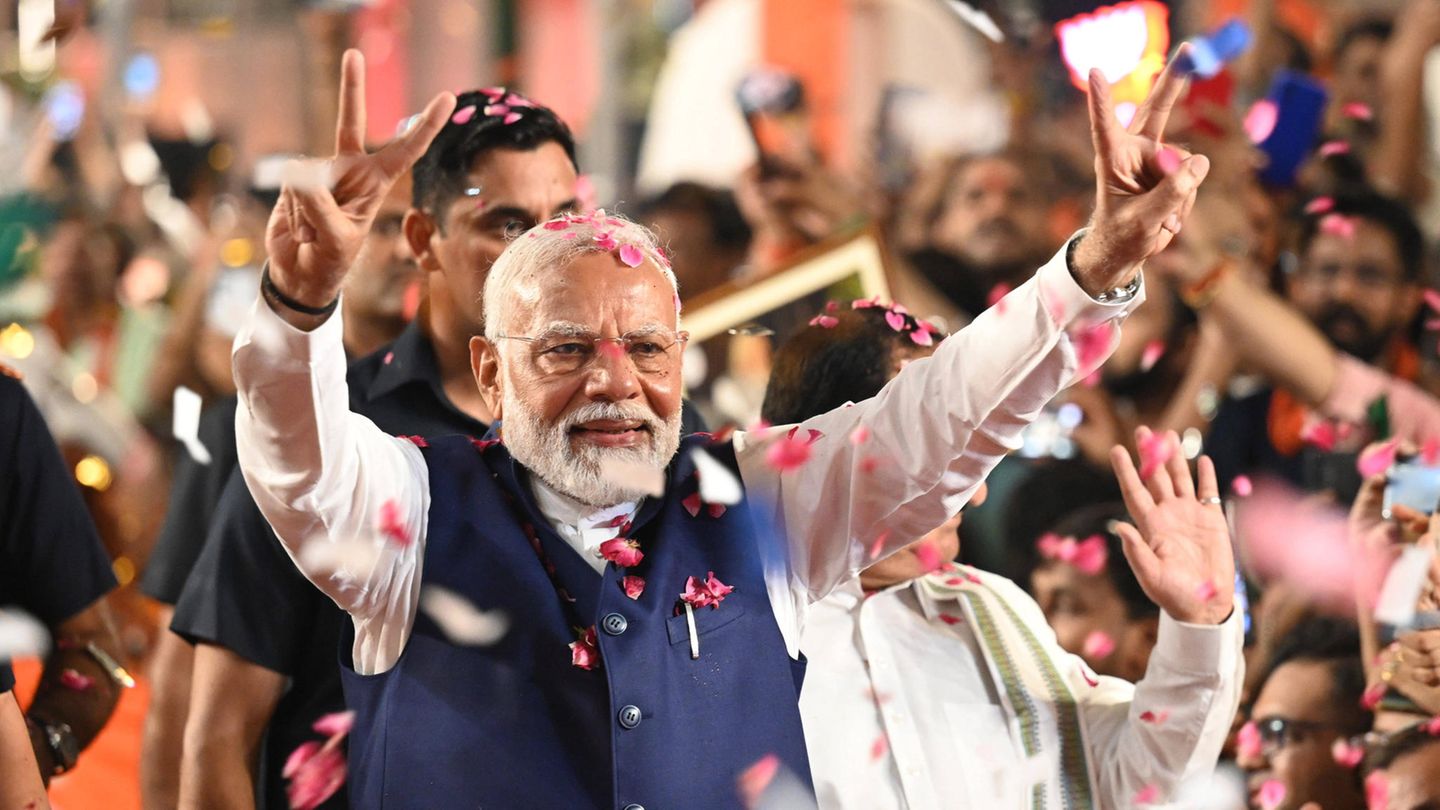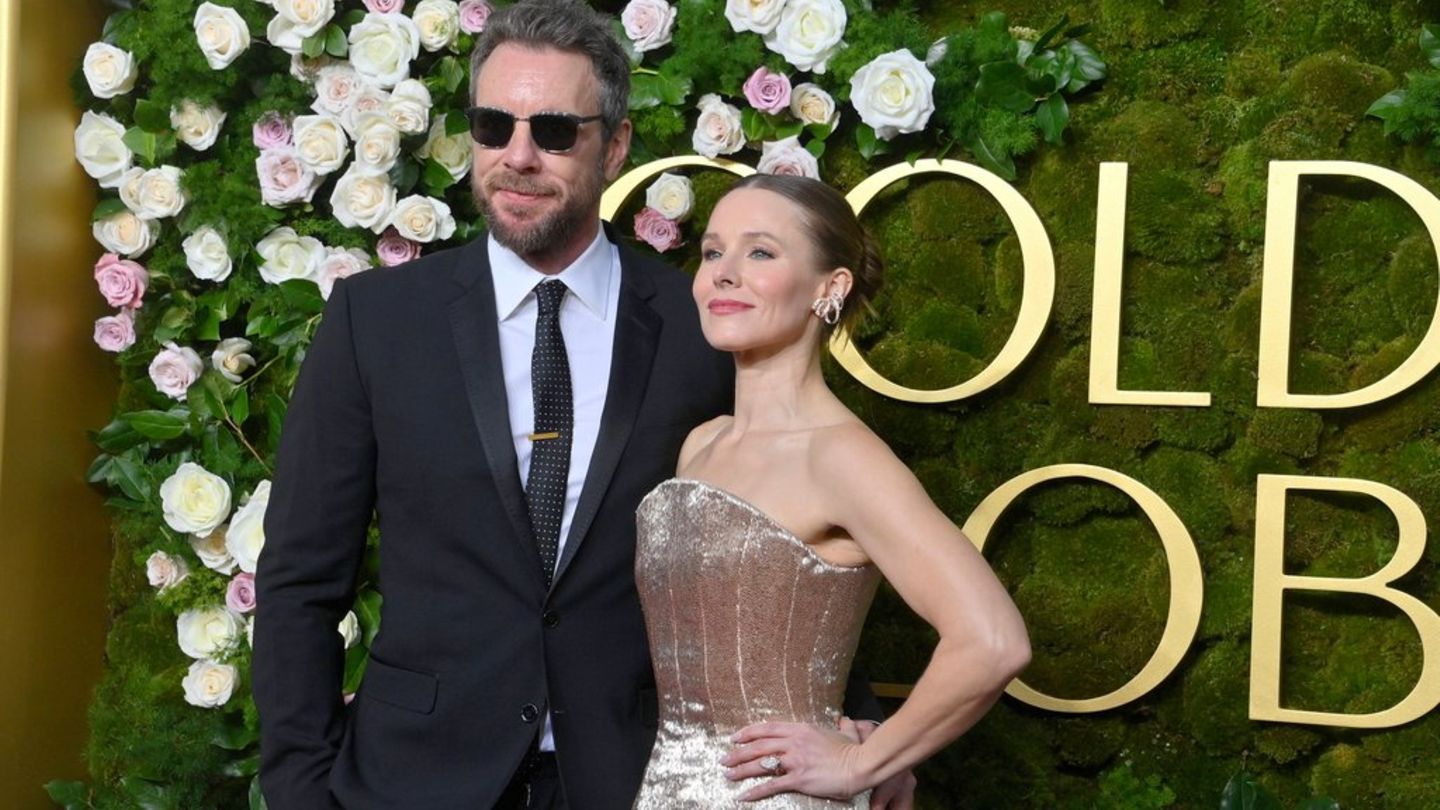analysis
642 million people voted in India. And ensured that the myth of the invincible Narendra Modi collapsed. The staged prime minister by the grace of the gods will take the loss of his absolute majority personally.
आश्चर्य.
This is Hindi and means something like “surprise”. And that is certainly the result of the biggest election in human history. Contrary to all expectations, Narendra Modi and his BJP suffered a hefty defeat in the Indian election.
Of course, the fact that losers portray themselves as winners is nothing new. And so Modi quickly announced that the Indians had “expressed their trust” in his government coalition “for the third time in a row”. What “trust” means in this case is debatable. What is not debatable is that 240 is not 401. That is the minimum number of seats in parliament that should be available. But instead of being able to change the constitution with a “super majority”, the Hindu nationalists have lost their absolute majority to govern. Modi will, as expected, begin his third term in office, but for the first time he will be dependent on help from outside the party.
The only opposition party worth mentioning, the Indian National Congress around leading candidate Rahul Gandhi (no, not with dem Gandhi) has gained a lot of ground, despite a media landscape that is loyal to the BJP. Its alliance with more than a dozen regional parties, which bears the cumbersome name Indian National Developmental Inclusive Alliance (or less cumbersome: INDIA), has an impressive 234 seats in the lower house, the Lok Sabha.

How did it come to this? In three words: reality beats cult.
Cult leader Modi: more show than substance
Modi will take the election defeat personally. And he has to. After all, the entire BJP election campaign was based on the personality cult that the Hindu nationalists had built around the 73-year-old. The prime minister as an idol: Modi, strict but caring father of the nation.
But faith cannot buy anything. “Ultimately, it is the prices of potatoes and other essential things that count,” said India expert Sumit Ganguly from Indiana University to the online trade magazine “Conversation.”
As national patriarch, Modi reaped the rewards for the booming economy. What is actually impressive on paper (under his leadership the country has become the fifth strongest economy in the world) is not noticeable for the average Indian, quite the opposite. Unemployment is growing, prices are rising, wages are stagnating. 800 million people on the subcontinent are dependent on social welfare. Prestige projects such as highways and airports have been of little help.
“Politics based on religion is worthless […] What we want is 24-hour electricity, sufficient water for irrigation and opportunities for our children,” Indian journalist Barkha Dut quoted a farmer from Uttar Pradesh as saying in an article in the BJP’s report. The BJP also went under in the most populous state in the north of the country – although the region is actually considered the cradle of Hindu nationalism.
Oppression of Muslims in India: Hatred alone is not enough
Modi had big plans: As a descendant of the Hindu fascist organization RSS, he is a supporter of the so-called Hindutva ideology. He wants to transform the state of many peoples, languages and, above all, religions into a unified nation under the political and cultural rule of the Hindu majority.
A dictatorship of the many means the oppression of the few. Now, this minority of 200 million people is not that small. Nevertheless, Muslims are not even second priority for Modi. Or third. Under his rule, cities were renamed with Muslim names, history books were rewritten, immigration laws were massively tightened and even the only predominantly Muslim state, Kashmir, was torn apart by stripping it of its special status.
The opposition was also reluctant to put up Muslim candidates in light of the hatred promoted by the BJP. But the main agitator, Modi, ultimately got little out of his scapegoat rhetoric. The BJP even lost its seat in the city of Ayodhya: where Modi had begun his election campaign in a highly controversial, newly built Hindu temple, on the ruins of a mosque that had been demolished by radical Hindus in 1992.
Everything on Modi – will this take its toll on the BJP?
642 million voters don’t lie. The BJP’s fixed star is flickering. Maybe, and only maybe, the punishment of the supposedly unbeatable quasi-state party is a sign that Indian democracy is alive.
Nevertheless, Modi will remain in power for another five years. To secure the necessary majority, he will need the support of two regional parties willing to form a coalition – probably in exchange for less important cabinet posts. In the end, Modi will be the longest-serving prime minister since India’s first head of government, Jawaharlal Nehru.
According to surveys, Modi is still twice as popular as his party. However, the supposed prime minister by the grace of the gods is over 70 and has not yet chosen a successor. And the same applies to parties as to companies: putting all your eggs in one basket is always dangerous. Especially since personality cults are difficult to reconcile with the separation of powers. Unlike democracies.
Sources: ; “”; “T”; “”; “”; “”; “”
Source: Stern
I have been working in the news industry for over 6 years, first as a reporter and now as an editor. I have covered politics extensively, and my work has appeared in major newspapers and online news outlets around the world. In addition to my writing, I also contribute regularly to 24 Hours World.




